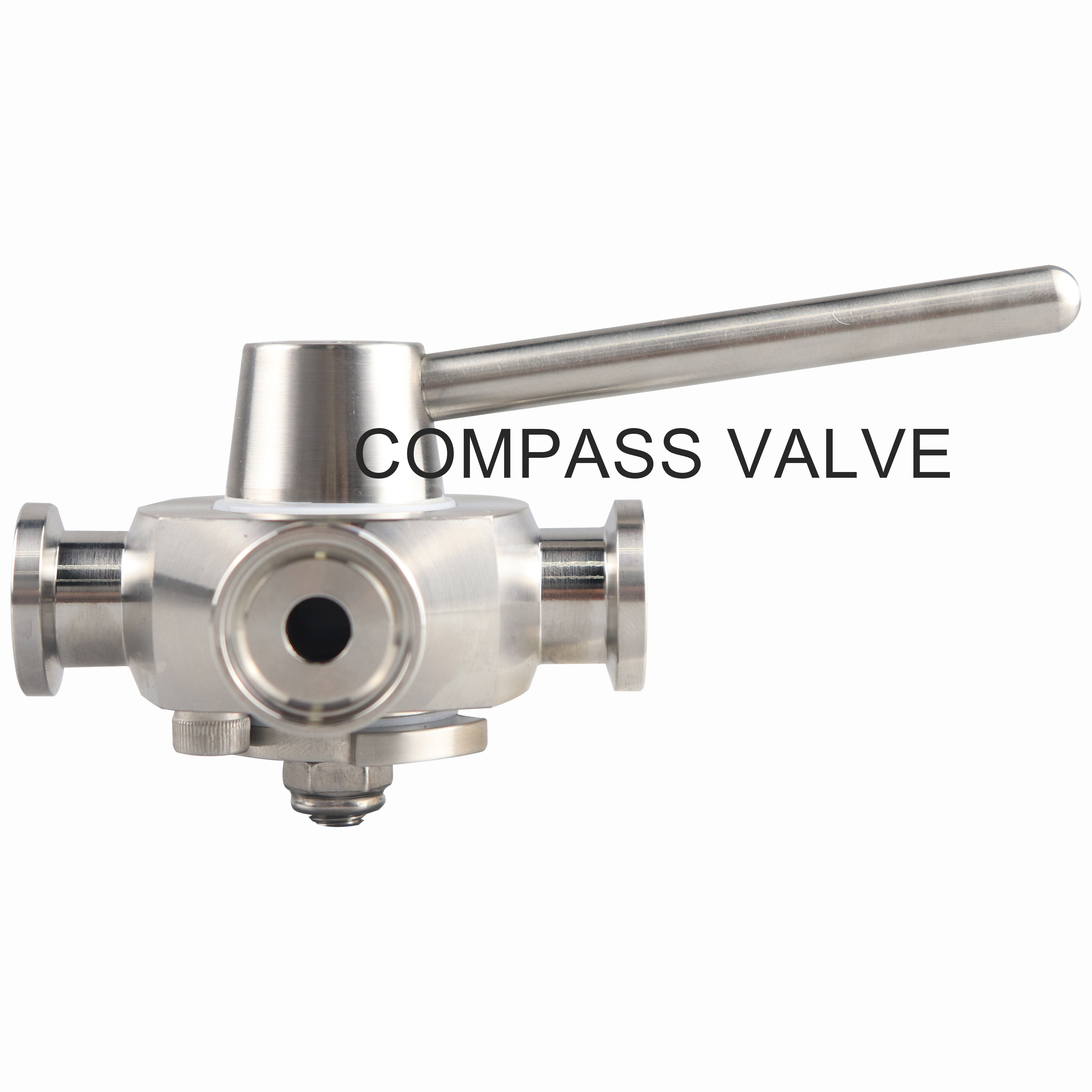Email format error
Email cannot be empty
Email already exists
6-20 characters(letters plus numbers only)
The password is inconsistent
Email format error
Email cannot be empty
Email does not exist
6-20 characters(letters plus numbers only)
The password is inconsistent


In industries where hygiene, contamination control, and operational efficiency are non-negotiable, hygienic valves and fittings play a pivotal role. These components are the unsung heroes of food and beverage production, pharmaceutical manufacturing, biotechnology, and chemical processing. This comprehensive guide dives deep into the importance of hygienic valves and fittings, their types, applications, and best practices for selection and maintenance.
The demand for contamination-free processes has skyrocketed in recent years. Whether it’s ensuring the purity of a vaccine or preventing bacterial growth in dairy products, they are engineered to meet stringent sanitary standards. Unlike traditional industrial valves, these components feature smooth surfaces, crevice-free designs, and materials resistant to corrosion and microbial growth.
Key benefits include:
● Minimized risk of product contamination
● Ease of cleaning and sterilization (CIP/SIP compatibility)
● Compliance with global standards (e.g., FDA, EHEDG, 3-A Sanitary Standards)
● Durability in high-temperature or corrosive environments
Industries that neglect to invest in high-quality hygienic valves and fittings risk product recalls, regulatory penalties, and reputational damage.
Not all valves are created equal. Below are the most common types of hygienic valves and fittings, each suited for specific operational needs:
Ideal for controlling the flow of liquids or gases in large pipelines, butterfly valves are lightweight and easy to install. Their compact design makes them perfect for systems requiring frequent cleaning.
Known for their tight shut-off capabilities, ball valves are used in applications requiring precise flow control, such as ingredient dosing in food processing.
These valves isolate the process fluid from mechanical components, making them ideal for sterile processes in pharmaceuticals.
Designed to prevent backflow, check valves ensure unidirectional flow—critical in systems handling sensitive fluids.
Selecting the optimal hygienic valves and fittings requires a balance of technical knowledge and practical insights. Here’s what to prioritize:
Stainless steel (316L or 304) is the gold standard for corrosion resistance. For acidic or alkaline environments, consider alloys like Hastelloy or coatings like electropolishing.
A surface roughness (Ra) of ≤0.8 µm is essential to prevent bacterial adhesion. Mirror finishes are often required in pharmaceutical-grade systems.
Ensure components comply with industry-specific regulations. For example, dairy systems require 3-A certification, while pharmaceutical setups need ASME BPE compliance.
Tri-clamp, DIN, and SMS fittings are popular for quick disassembly and cleaning. Always match connection types across the entire system.
For facilities planning expansion, hygienic valve bulkbuy options can reduce long-term costs. However, prioritize quality over short-term savings.
Even the most advanced hygienic valves and fittings will underperform without proper care. Follow these steps to maximize lifespan:
Pro Tip: When sourcing replacements, hygienic valve bulkbuy programs can ensure consistency and reduce downtime during repairs.
From brewing beer to pasteurizing milk, they prevent cross-contamination between batches. Diaphragm valves are widely used for handling viscous products like sauces or syrups.
In vaccine production, even microscopic contaminants can be catastrophic. Sterile-grade ball valves and ultra-smooth fittings are mandatory for maintaining aseptic conditions.
Fermentation processes rely on check valves to maintain pressure and purity. Electropolished surfaces ensure compliance with FDA’s cGMP guidelines.
Innovation in hygienic valves and fittings is driven by automation and sustainability. Emerging trends include:
● Smart Valves: IoT-enabled sensors for real-time monitoring of flow rates, temperature, and contamination risks.
● Eco-Friendly Materials: Recyclable polymers and coatings that reduce environmental impact.
● Modular Designs: Plug-and-play systems that simplify installation and scaling.

In hygiene-critical industries, cutting corners on components like hygienic valves and fittings is never an option. By understanding their types, applications, and maintenance needs, businesses can ensure operational efficiency, regulatory compliance, and consumer trust. Whether you’re upgrading an existing system or planning a new facility, prioritize certified suppliers and consider cost-saving strategies like hygienic valve bulkbuy programs—without compromising on quality.